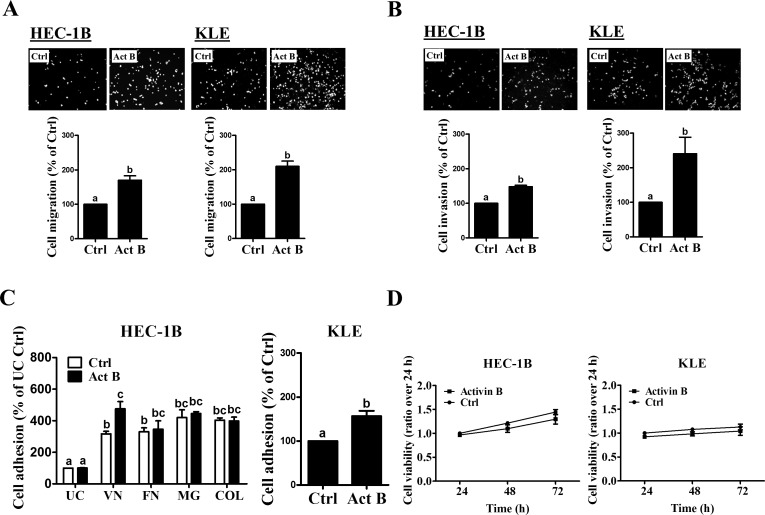Figure 1. Activin B increases endometrial cancer cell migration, invasion and adhesion.
A and B, HEC-1B and KLE cells were treated without (Ctrl) or with 50 ng/mL activin B (Act B) for 24 h and then seeded in un-coated A. or Matrigel-coated B. transwell inserts for migration or invasion assays, respectively. Upper panels show representative photomicrographs of migrating/invading cells, while lower panels show summarized quantitative results. C., HEC-1B cells were treated with 50 ng/mL activin B for 24 h and then subjected to adhesion assays in un-coated (UC) plates or plates coated with vitronectin (VN), fibronectin (FN), Matrigel (MG) or collagen IV (COL). Additionally, adhesion assays were performed in un-coated or vitronectin-coated plates following treatment of KLE cells with 50 ng/mL activin B for 24 h. D., HEC-1B and KLE cells were treated with 50 ng/mL activin B every 24 h for up to 72 h and cell viability was examined by MTT assay. Results are expressed as the mean ± SEM of at least three independent experiments. Values without a common letter are significantly different (P < 0.05).

